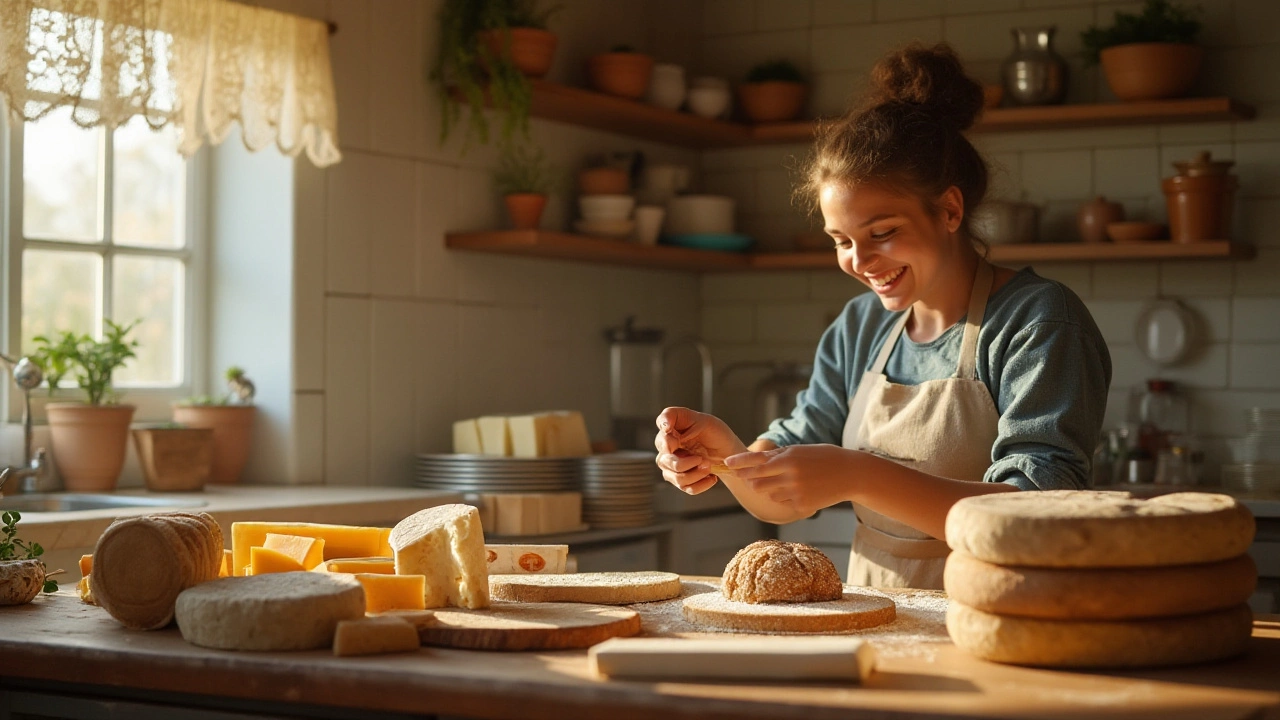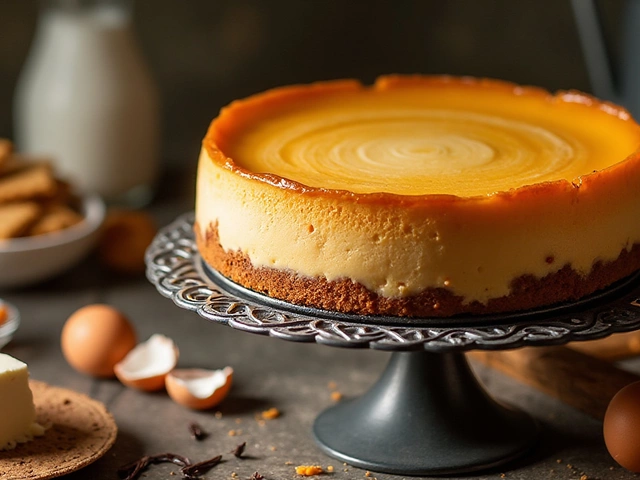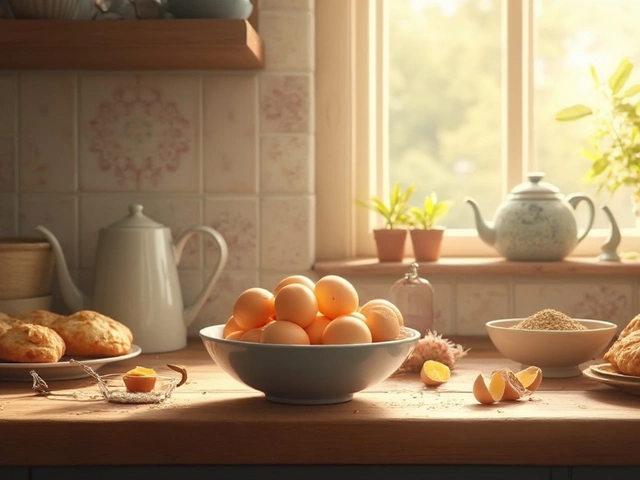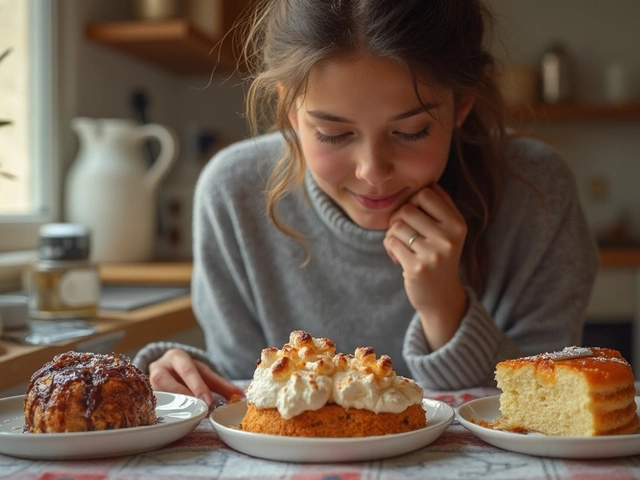Cheese & Gluten: What You Need to Know for Easy Baking
If you love the rich melt of cheese but worry about gluten, you’re not alone. Many bakers wonder whether cheese itself contains gluten, how dairy products can affect a gluten‑free diet, and which recipes stay safe. The good news? Most plain cheeses are naturally gluten‑free, but the surrounding ingredients often aren’t. Understanding the basics helps you keep your cakes, brownies, and savory treats both delicious and safe.
First, grab the label. Look for plain, unflavored cheeses like cheddar, mozzarella, or gouda. These varieties usually list only milk, cultures, and salt—no wheat, barley, or rye. Flavored cheeses, however, can hide gluten in additives like malt vinegar, seasoning mixes, or sauces. If a cheese is marketed as “processed” or “sliced,” double‑check the ingredient list because manufacturers sometimes add starches or flavorings that contain gluten.
How to Choose Gluten‑Free Cheese
When you shop, keep these tips handy:
- Pick brands that specifically label their cheese as “gluten‑free.” Certified symbols give instant confidence.
- Avoid cheese spreads that contain breadcrumbs, beer, or malt extracts.
- For grated or shredded cheese, read the package for any anti‑caking agents that might be wheat‑based.
If you’re unsure, contact the manufacturer. A quick email can clarify whether a product was made on a gluten‑free line, which is crucial for those with celiac disease or severe gluten sensitivity.
Cooking & Baking with Cheese Without Adding Gluten
Now that you’ve got safe cheese, let’s talk about using it in recipes that stay gluten‑free. Here are three foolproof ideas:
1. Cheesy Gluten‑Free Brownies. Add a handful of grated sharp cheddar to your favorite brownie batter. The cheesiness adds depth without any extra flour. Use a gluten‑free flour blend, like rice or almond flour, and you’ve got a fudgy treat that’s safe for everyone.
2. Savory Cheese Scones. Combine gluten‑free oat flour, baking powder, a pinch of salt, and a cup of shredded cheese. Mix in milk and an egg, shape into rounds, and bake until golden. These scones pair perfectly with a cup of tea or a light salad.
3. Cheese‑Stuffed Gluten‑Free Pizza. Use a cauliflower or almond‑flour crust, spread a thin layer of tomato sauce, and top with mozzarella and your favorite veggies. The crust stays crispy, and the cheese melts beautifully.
Remember, the key is to keep all other ingredients gluten‑free. Swap regular breadcrumbs for gluten‑free panko, use tamari instead of soy sauce, and choose gluten‑free thickening agents like cornstarch or arrowroot.
Got a favorite recipe that includes cheese? Test it by swapping out any suspect ingredients. Most of the posts on our site, like the “Brownies: Should They Be Fudgy or Cakey?” guide, already use gluten‑free flours, so you can add cheese without breaking the rule. And if you ever wonder about storage, our “Where to Store Brownies for Maximum Freshness” tip works the same for cheese‑infused treats.
Bottom line: plain cheese is safe, flavored cheese needs a label check, and with a few ingredient swaps you can enjoy cheesy goodness in any gluten‑free bake. Keep these pointers in mind, experiment with flavors, and you’ll make desserts that satisfy both cheese lovers and gluten‑free eaters alike.






